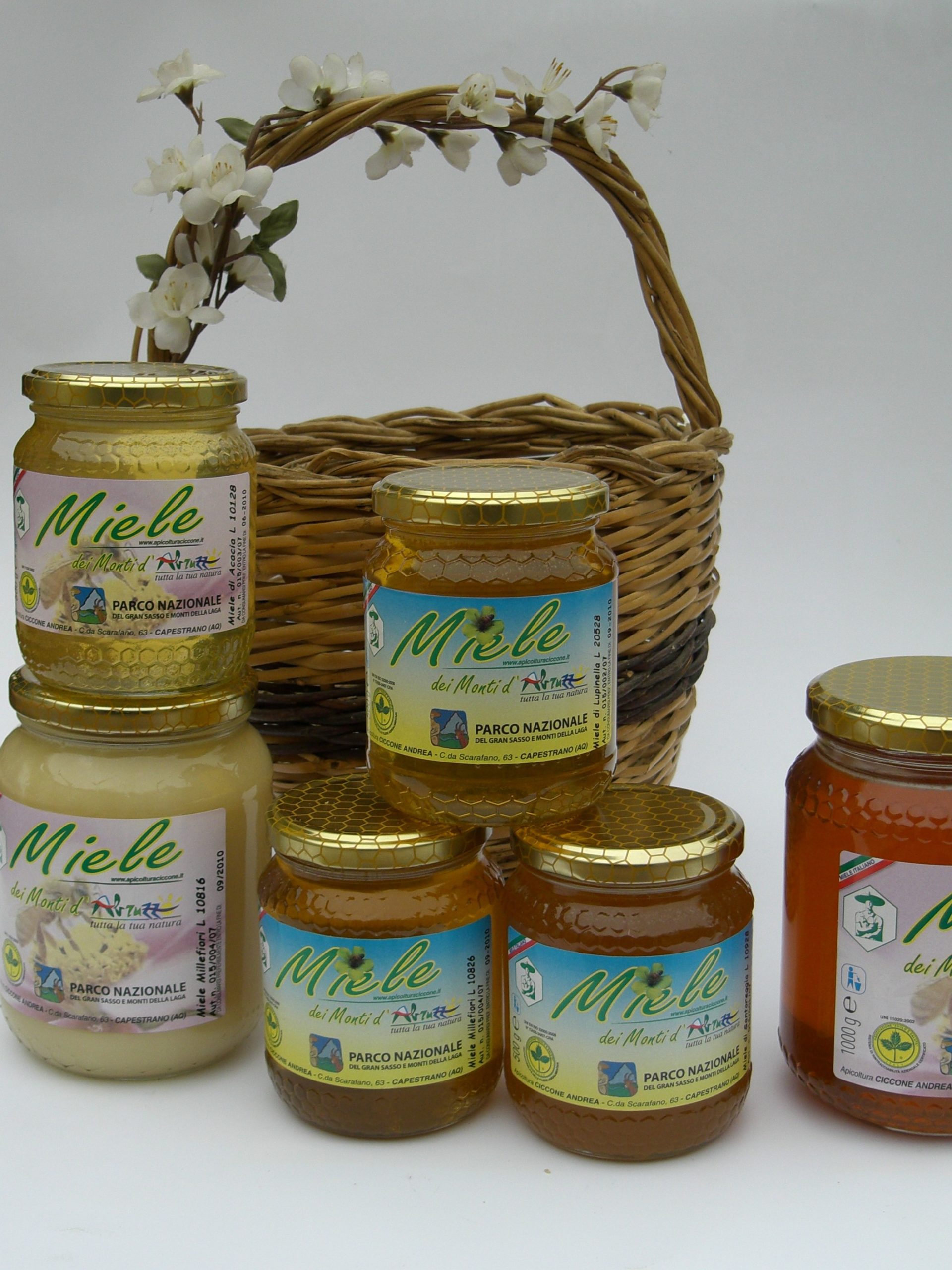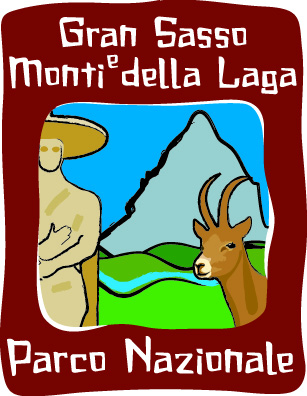Case Study
Regulations for the granting of the name and logo of the Park to agri-food products
Contact name
Dr. Giorgio Davini
Institution name
Gran Sasso and LAga Mountain National Park
Region & country
Italy, Abruzzo
Summary
Protected area management bodies have a logo that distinguishes them. This logo is often used as the Park Mark.
The granting of this Mark is important in order to involve services and activities of the territory carried out in harmony with the environment protection and the purposes establishing the protected area. Parks may grant the use of the name and logo to local services and products that meet quality requirements and meet the purposes of the park in order to promote the development of tourism and local activities in accordance with the conservation needs. The label can only be granted to those who work through good practices to promote the environment conservation.

Mark on honey
NAtional Park archive
Background of the project
Until 2005 the Park logo was granted occasionally to some companies who requested it. The applications were evaluated on a case-by-case basis in relation to the dare they wanted to do so. The lack of a specific regulation as well as an overall organic vision prevented in fact the possibility to use the label profitably. Moreover, the granting of the Park Trademark could not be an instrument of sharing, participation, valorisation and compatible development of the protected territory.
The association of the Park logo with products or services generates a reliance on a concept of “environmental quality” of the product or service itself, even when it is difficult to better specify the dimensions of such quality. It was considered useful that Park Authorities could “reward” those who were able to respect behavioural requirements defined by common agreement as positive towards the environment and such as to help the the Authority to pursue its objectives.
Solution and actions taken
Park Authority has seen in the collective geographical mark (EC Reg. 40/94), a useful tool to promote and support productions/activities/services.
The trademark aims to:
– help to use a brand that welcomes their products-activities-services, differentiating them in the market;
– help to adopt a quality system transferable to products-activity-services, based on virtuous behaviour, on the quality of environmental resources and production processes;
– allow to quickly identify the products.
Name and Park logo was registered as a Community Collective Mark under Article 46 of Regulation (EC) No 40/94 with the Office for Harmonisation in the Internal Market (OHIM) in Alicante (Spain) under number 005541586. The Park Authority adopted the Regulations for the granting of the name and logo of the Park to agri-food products. So, the Park Authority may grant the use of hits name and logo to persons carrying out their activities in the agri-food sector.
Other institutions or parties involved
During the implementation and start-up phase of the procedures, the main trade associations and the structures of the regions concerned responsible for assistance in agriculture and animal husbandry were initially contacted. Their contribution was essential for the participatory drafting of the Regulation as well as for the acquisition of new proposals for work on the valorisation of the territory and quality agricultural and food production.
Results
The Regulation has been in force for 10 years now and can count on a number of about 30 companies with over 100 authorized products. The new requests are added through a dynamic mechanism of acquisition and updating.
The mark is requested with interest by producers because, in addition to guaranteeing identity and belonging to a territory, it increases recognition and appreciation by consumers. The selling price of the authorized products has increased as a result of a higher quality.
Challenges
The problems faced are summarised as follows:
– lack of information on the value of the commitment required to produce it, the value of the raw material used, the value of precious and irrecoverable evidence of a given rural environment;
– insufficient remuneration for the producer;
– absence of a collective image;
– marketing still largely carried out in elementary and approximate forms.
Lessons learned
Protected areas can be an indispensable element in reaffirming citizens’ belonging to a defined territory. The Park and its emblem constitute and enclose not only the valuable naturalistic and environmental aspects, but also history, culture and traditions of the Identity Community that has lived here for thousands of years. It is also possible, even if only partially, to give a concrete value to the systemic services of compatible activities.
Contact name
Dr. Giorgio Davini
Institution name
Gran Sasso and LAga Mountain National Park
Website(s)
